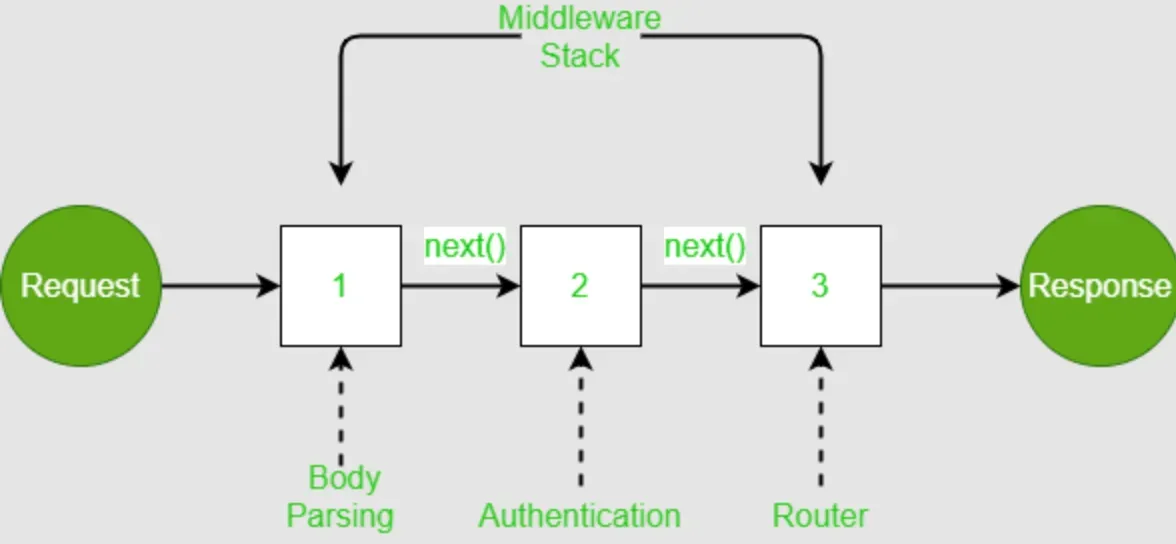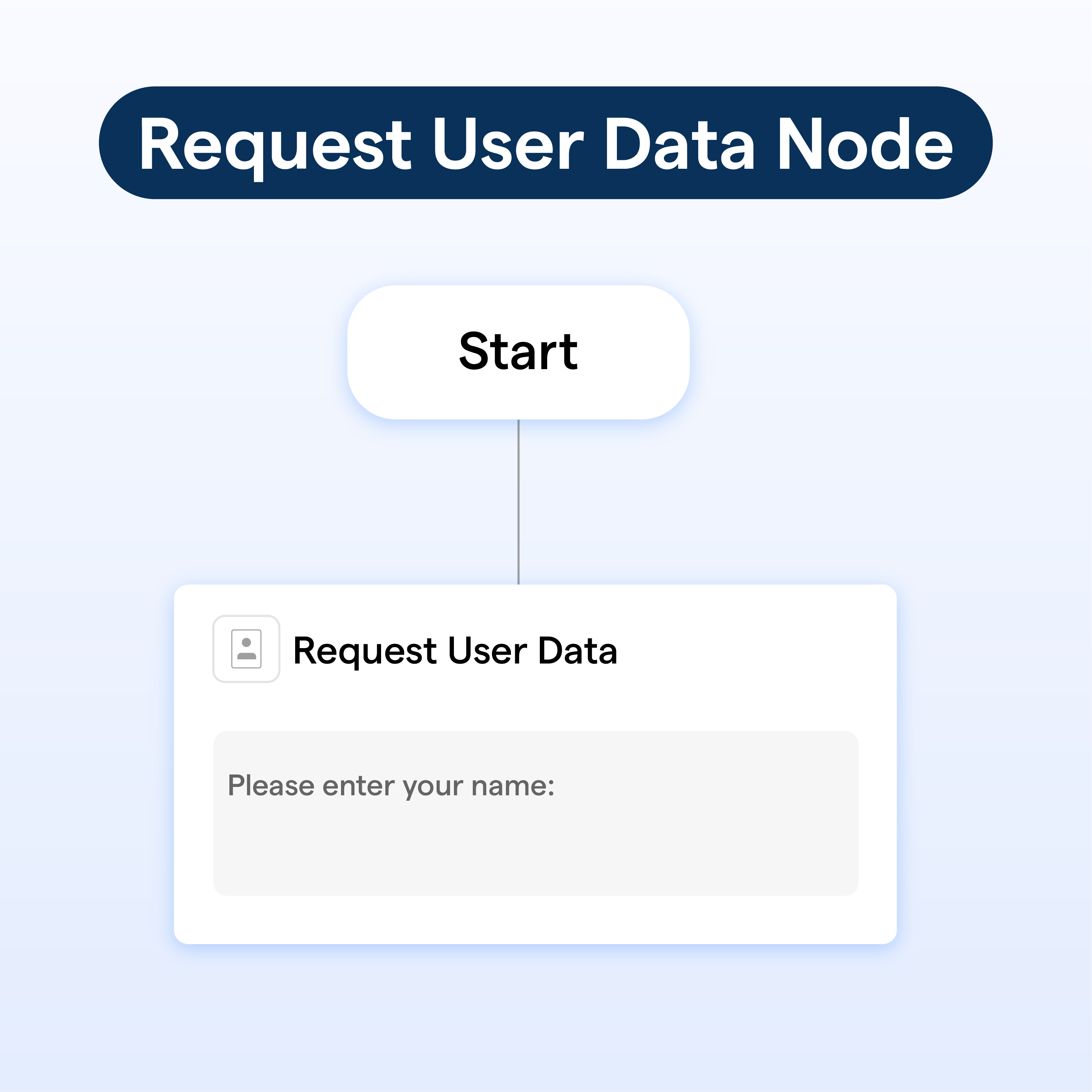What is Request User Data Node (RUDN)?
Request User Data Node (RUDN) is a key component embedded in network systems. Its primary function is to manage, organize, and handle the data requests that are sent to a centralized database or system. In the complex and wide field of data management, RUDN acts as both an air traffic controller and a librarian, efficiently routing data traffic and fetching data, respectively.
The Historical Evolution of RUDN
The inception of the RUDN is anchored in the rise of centralized processing and the consequent demand to manage data requests efficiently. As the digital world expanded, generating explosive growth in data, system designers conceived the RUDN as a means to streamline data flow and access.
Significance of RUDN
RUDN bears paramount importance in the realm of data management due to its direct impact on service delivery efficiency. It shields the system from being overwhelmed by data requests, maintains the integrity of the data, and ensures that users swiftly receive accurate data responses, thereby enhancing user experiences.
Central Functions of RUDN
In addition to its primary charge of managing user data requests accurately and efficiently, the broad job description of a RUDN also entails managing network traffic to prevent system congestion, maintaining data integrity by validating data responses, and controlling access to data to protect user privacy.
Examining the Influence of Request User Data Node
Next, we turn to the ways in which RUDN shapes various aspects, from data representation to user experiences.
RUDN and Data Representation
A well-managed RUDN accurately retrieves data based on specific user requests, leading to more precise and valuable data representation which in turn drives correct insights and decision making.
Role of RUDN in System Performance
Due to its core responsibility of controlling data flow, RUDN indirectly impacts the performance of a system. An aptly managed RUDN minimizes system response times and optimizes resource utilization, thereby enhancing system performance.
Facilitating User Experience
In its pivotal role as a traffic controller for data requests, RUDN ensures smooth and swift data access for users, which in turn, significantly elevates the overall user experience.
Safeguarding Data through RUDN
By leveraging RUDN's control over data requests and access points, organizations can bolster their data security measures to prevent unauthorized data access and protect user privacy.
Strategies for Efficient RUDN Management
Effective management of RUDN rests upon several key strategies.

Embracing Advanced Query Processing
RUDN employs advanced query processing mechanisms to rapidly traverse expansive data stores and retrieve precisely matched data for each request.
Traffic Management Techniques
To guarantee system efficiency, RUDN uses advanced network traffic management techniques. These techniques analyze data request patterns, foresee possible congestion points, and manage data routing efficiently to prevent system overload.
Regular System Monitoring and Analysis
Periodic system analysis and performance audits are essential to ensure the system remains in peak performance. These assessments identify potential system issues and provide insights needed for optimization.
Scaling According to Demand
As user demand spirals, the RUDN must be primed to tackle an exponential increase in data requests. Strategic scaling, horizontal for serving concurrent users, or vertical for processing complex requests, can ensure that the RUDN is aptly equipped to evolve with growing demand.
Application of RUDN Across Different Network Environments
Let's navigate the specific requirements and variations of RUDN across different network platforms.
RUDN in Telecommunications Networks
Telecommunication networks are highways of user data; the RUDN here tackles massive volumes of user data requests, managing these requests for efficient network operations.
RUDN in Distributed Systems
In distributed systems, where data is dispersed across multiple nodes, the RUDN serves as an orchestration tool - managing, processing, and distributing data traffic across discrete system nodes effectively.
RUDN in Cloud Computing
Cloud computing environments generate colossal data traffic due to the on-demand, multi-tenant nature of the platform. Here, RUDN is instrumental in managing, processing, and distributing the data traffic effectively to ensure seamless service delivery.
RUDN in IoT Networks
The Internet of Things (IoT), with its multitude of data-generating devices, implies a continuous flurry of data requests. In this scenario, RUDN provides efficient resource management and ensures the smooth running of the network.
Diving Into the Science and Technology Powering RUDN
Uncover the scientific principles and technological innovations integral to RUDN.
Incorporation of Advanced Data Structures in RUDN
RUDN relies on advanced data structures (such as balanced trees, heaps) for efficient data storage, and retrieval. This enables easy navigation through vast datasets while minimizing system load.
Advanced Information Retrieval Techniques
RUDN exploits sophisticated information retrieval techniques to fulfill user queries. It deploys algorithms like Boolean and vector space models to traverse and fetch pertinent responses from extensive data stores swiftly and accurately.
Traffic Modeling and Optimization Techniques
RUDN uses traffic modeling to project data traffic rates on the network at any given time, thereby preemptively avoiding system congestion. Techniques such as congestion window tuning are employed to optimize traffic flow and prevent bottlenecks.
Network Coordination Mechanisms in RUDN
RUDN employs coordination mechanisms to manage the multitude of simultaneous data requests. These ensure the system prioritizes critical requests, prevents request collisions, and manages data routing suitably across the network.
Best Practices for Effective RUDN Management
Gain insight into key practices to optimize RUDN management.

Adherence to Regular Performance Monitoring
RUDN management requires regular performance monitoring and audits to detect potential issues early, ensuring the RUDN continues to function at its prime.
Prioritization of Data Requests
Devising a clear strategy for prioritizing data requests can augment user experience dramatically. Time-critical data requests should be given precedence for swift processing.
Implementing Effective Load Balancing
Load balancing across various nodes is a critical strategy in managing a RUDN, especially in distributed systems. This ensures that no single node is overwhelmed with data requests and performance is optimized.
RUDN Security Policies
Robust security policies need to be in place as part of the RUDN management strategy. This includes secure user authentication, authorization, and validation protocols to guard against potential data breaches.
Variations of RUDN Across Various Sectors
Lastly, let's discover how RUDN adapts to suit distinct sectors.
E-Commerce and RUDN
In the fast-paced e-commerce industry, RUDN manages broad aspects of user data requests, from product availability checks to transaction confirmations. Its efficient operation ensures users enjoy a seamless online shopping experience.
RUDN in Education
In educational institutions, RUDN is tasked with managing data requests pertaining to learning resources, academic records, and similar data. A proficient RUDN system allows institutions to cater to student needs punctually and accurately.
RUDN in the Healthcare Sector
The complex demands of the healthcare sector require RUDN to handle highly sensitive data requests, ranging from accessing patient health records to retrieving detailed medical analysis. An efficient RUDN enables healthcare providers to furnish critical information promptly, thereby improving patient care.
Financial Services and RUDN
In the financial services sector, RUDN has to deal with a myriad of data requests about transactions, account summaries, and investment data. A top-notch RUDN system ensures customers receive accurate and timely responses, enhancing customer experience.
Frequently Asked Questions (FAQs)
What is a Request User Data Node?
A Request User Data Node is a tool that allows applications to retrieve user data, enabling personalization, customization, and data-driven decision-making.
How does a Request User Data Node work?
A Request User Data Node retrieves user data from various sources, applies validation and filtering rules, encrypts the data, and returns it securely to the application.
In what scenarios can a Request User Data Node be used?
A Request User Data Node is useful for personalization, targeted marketing, user onboarding, compliance, and data analysis in mobile apps, web apps, IoT devices, cloud-based services, and APIs/databases.
Who can benefit from using a Request User Data Node?
Developers, businesses, end-users, regulatory authorities, and security professionals can all benefit from using a Request User Data Node to personalize experiences, make data-driven decisions, and ensure data privacy.
What are the best practices and challenges for implementing a Request User Data Node?
Best practices include obtaining user consent, defining validation rules, following data compliance regulations, integrating with secure providers, and monitoring data usage. Challenges include user privacy, security, data relevance, and compliance.

